WARSAW, Poland, July 04 (V7N) – Poland's longest river, the Vistula, has reached a record-low water level in Warsaw, hitting just 18 centimeters (7 inches) at one measuring station on Friday. This critical level, reported by the national weather agency IMGW, surpasses the previous record set last year by two centimeters and underscores an unprecedented drought gripping the country.
IMGW forecasts indicate that the water level is expected to fall even further, potentially reaching 12 centimeters – a staggering 200 centimeters less than its average depth. Grzegorz Walijewski, a hydrologist at IMGW, told AFP that Poland has not experienced such a severe hydrological drought at this time of the year "since measurements began."
Walijewski directly attributed the crisis to climate change, citing higher temperatures and fewer rainfall days as the driving factors behind the diminishing water levels. The record low comes just a day after Warsaw experienced temperatures of 36 degrees Celsius (97 degrees Fahrenheit), part of a heatwave currently sweeping across Europe.
The hydrologist warned of the widespread consequences of the drought, stating it "affects every branch of the economy," particularly by diminishing agricultural harvests and driving up food prices. This impact on agriculture is a significant concern, with central Poland and Wielkopolska in west-central Poland being particularly vulnerable.
The drought in Poland is not an isolated incident, as neighboring countries across Europe are also struggling with similar conditions. "It's definitely a European problem, and in many instances a global one," Walijewski concluded, emphasizing the broader climate crisis.
Poland's Response to Drought:
Polish authorities, particularly the national water authority Polish Waters (Wody Polskie), have been actively addressing the recurring drought issue. Efforts include:
Water Retention Initiatives: Promoting water retention at various scales, from large reservoirs to smaller, localized measures, to keep water where it falls. This includes modernizing existing infrastructure like the Ruda reservoir and restoring the retention capacity of small rivers and canals.
Educational Campaigns: Launching information campaigns to raise public awareness about water conservation and encourage individual actions, such as switching from lawns to more drought-resistant plants.
Drought Effects Counteracting Plan (DECP): Implementing a comprehensive plan, updated periodically, to assess drought-risk areas and implement projects for effective drought mitigation. The first DECP saw 55 investments worth nearly 150 million PLN completed.
Research and Monitoring: Scientists continue to monitor meteorological and hydrological conditions closely to understand the changing patterns and inform adaptive strategies.
Despite these efforts, the current severity of the drought highlights the increasing challenges posed by climate change, necessitating continuous and coordinated actions to ensure adequate water resources for both human needs and ecosystem health.
END/MSS/RH/



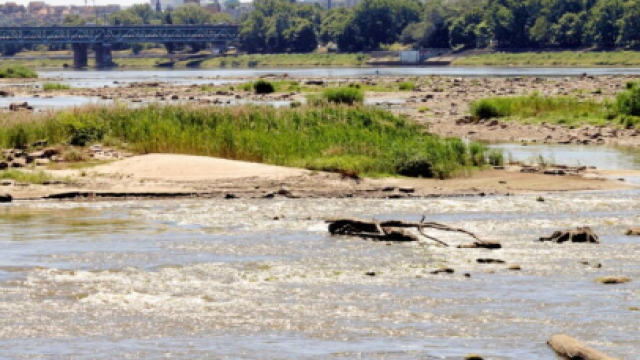


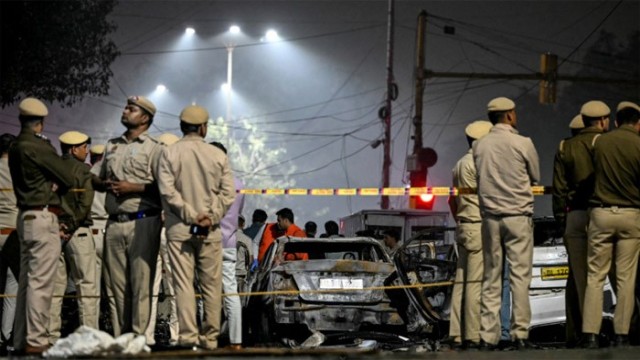
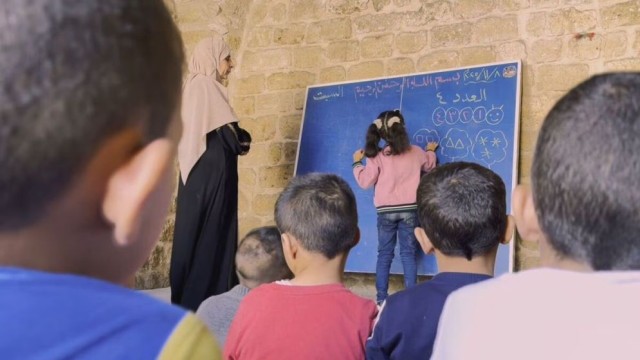
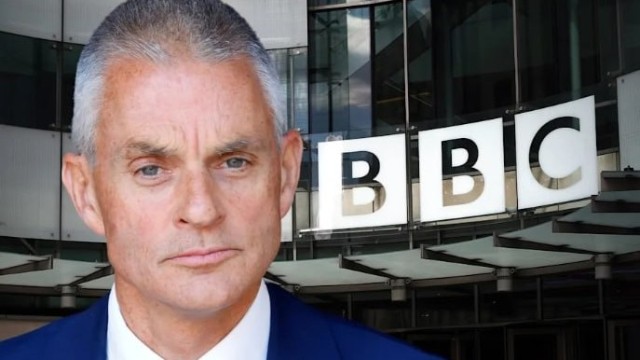
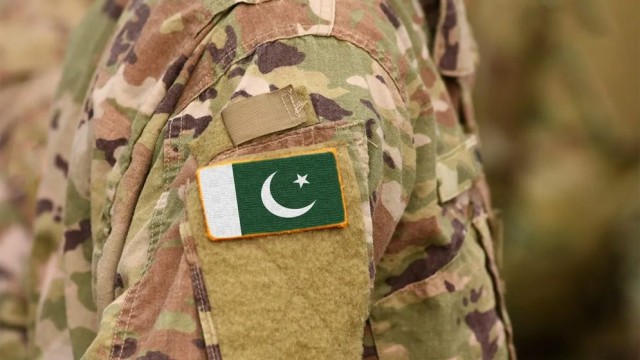
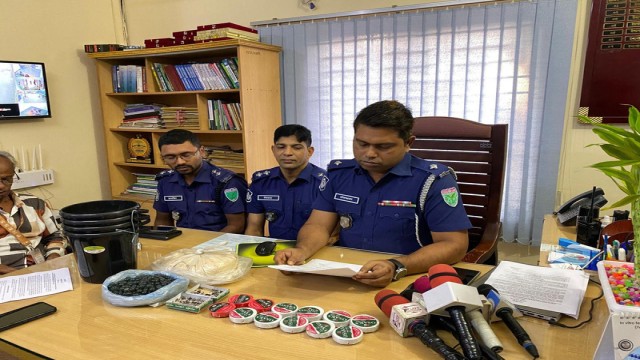
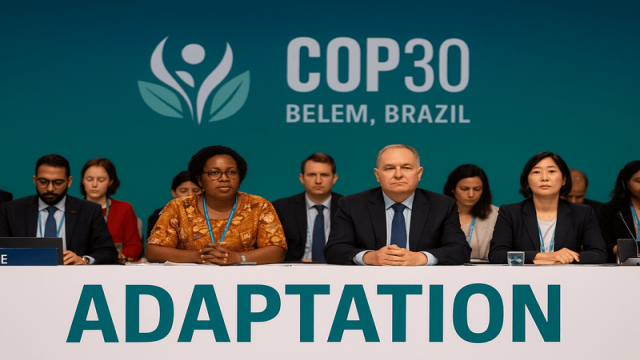

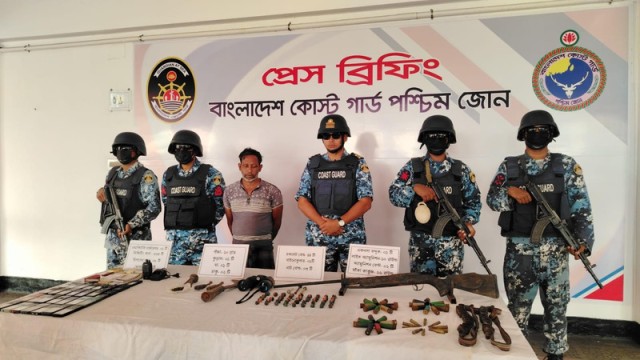
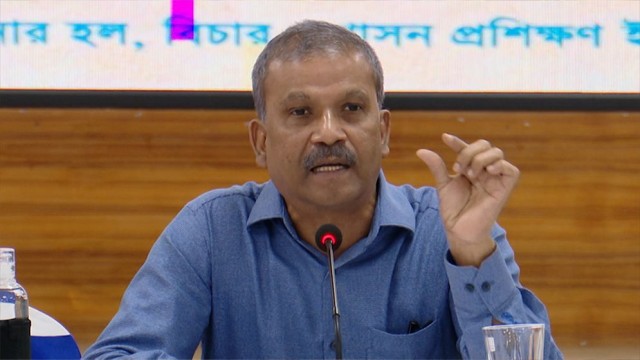
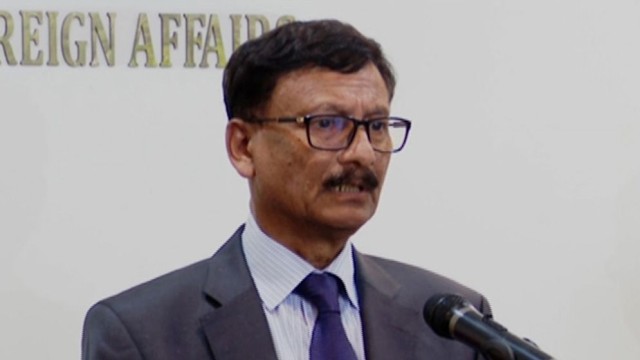
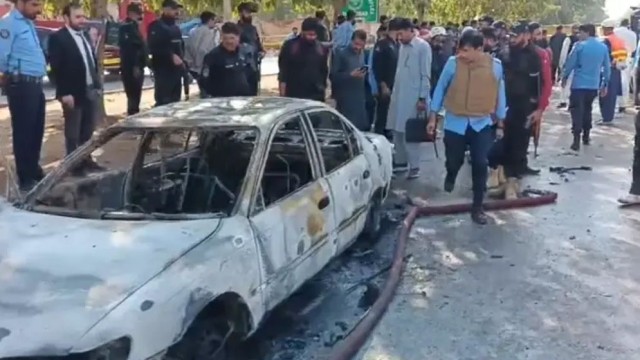

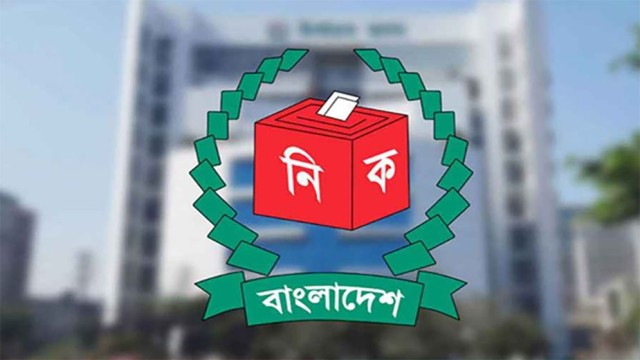



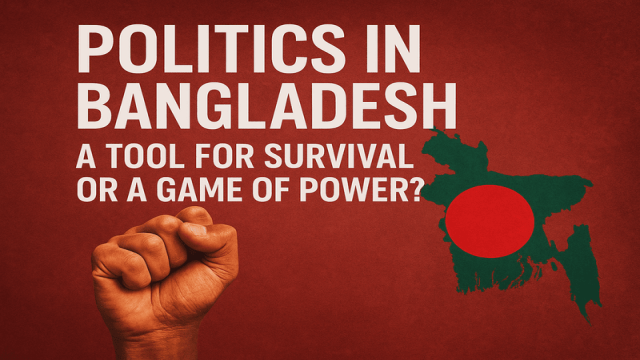
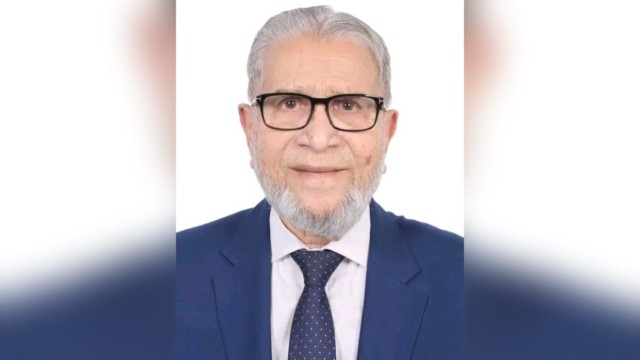
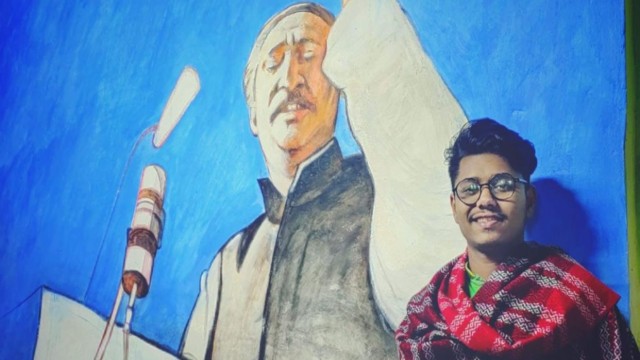
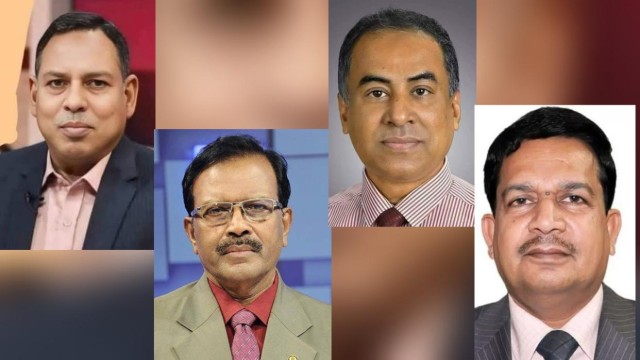



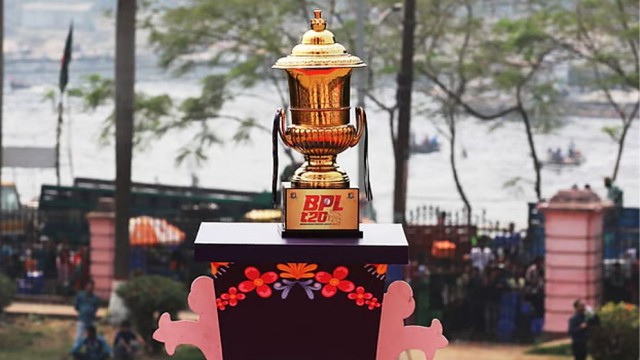
Comment: